Book of Horror
Description
Contents
- 1 The Legacy of “The Book of Horror
- 2 A Glimpse into the Genre
- 3 The Evolution of Horror Literature
- 4 Notable Stories Within Its Pages
- 5 The Impact on Modern Literature
- 6 The Psychological Depth of Horror
- 7 The Allure of the Macabre
- 8 The Book of Horror in Film and Media
- 9 The Reader’s Experience
- 10 The Future of Horror in “The Book of Horror
As the shadows stretch long and the world quiets down, there is a peculiar allure that draws readers to the dark corners of their imaginations. The genre of horror has long been a staple in literature, captivating audiences with tales that delve into the deepest fears and most unsettling of scenarios. “The Book of Horror” stands as a testament to this genre’s enduring power, weaving tales that not only entertain but also provoke thought and introspection.
The Legacy of “The Book of Horror
The Book of Horror stands as a towering monument in the annals of literary history, a repository of tales that delve into the deepest recesses of human fear and imagination. Its legacy is a tapestry woven from the threads of countless sleepless nights, whispered secrets, and the haunting echoes of forgotten nightmares. The book’s influence stretches far beyond its pages, casting a long shadow over the world of literature, cinema, and the human psyche.
Its origins are shrouded in mystery, but the impact of “The Book of Horror” is undeniable. It has inspired generations of writers, filmmakers, and artists, each seeking to capture the essence of fear and the dark corners of the human soul. The book’s enduring appeal lies in its ability to evoke a primal response, a reaction that transcends time and culture.
The tales within “The Book of Horror” are not mere stories of terror; they are reflections of the human condition, exploring themes of mortality, loss, and the unknown. They are a mirror held up to society, revealing the darkest fears and deepest desires that lie hidden in the shadows of our consciousness. The book’s legacy is a testament to the power of storytelling, a reminder that the written word has the power to unsettle, to provoke, and to transform.PG electronic game APP download
The stories that populate “The Book of Horror” are a diverse lot, ranging from the supernatural to the psychological, from the grotesque to the sublime. They are tales of monsters that lurk in the dark, of ghosts that walk the earth, and of demons that possess the living. Yet, beneath the surface of these fantastical creatures lies a deeper truth: the horror is often a reflection of our own fears, our own vulnerabilities.
One of the most enduring legacies of “The Book of Horror” is its contribution to the evolution of the horror genre. It has influenced countless works of literature and cinema, shaping the way we perceive and experience fear. The book’s influence can be seen in the works of authors like Stephen King, who have built upon the foundation laid by the early horror tales, blending the supernatural with the psychological to create a new kind of terror.
The stories within “The Book of Horror” are not just about fear; they are about the human experience. They delve into the psyche, exploring the dark places where our fears and desires intersect. The characters in these tales are often flawed, their struggles and triumphs resonating with readers on a personal level. The book’s legacy is one of empathy, as it encourages readers to confront their own fears and to understand the fears of others.
The book has also had a profound impact on the way we view the world. It has shown us that the unknown is not to be feared, but to be embraced. The tales of “The Book of Horror” have taught us that the most terrifying things are often the ones that we cannot see, the ones that lurk just beyond the veil of our understanding. This has led to a greater appreciation for the mysterious and the enigmatic, for the beauty that lies in the shadows.
The allure of the macabre is a central theme in “The Book of Horror.” It is a fascination with the dark side of life, with the things that go bump in the night and the monsters that lurk in the depths of our minds. This allure is not just a form of entertainment; it is a reflection of our own curiosity about the unknown, our desire to explore the boundaries of human experience.
The book has also had a significant impact on the way horror is portrayed in film and other media. The classic horror films of the 1970s and 1980s were heavily influenced by the stories found within “The Book of Horror,” with directors and writers drawing inspiration from its rich tapestry of terror. This influence can still be seen today in the modern horror genre, which continues to evolve and grow, often looking back to the roots of “The Book of Horror” for inspiration.
For readers, the experience of “The Book of Horror” is one of both fear and fascination. It is a journey into the unknown, a descent into the depths of the human psyche. The book has the power to unsettle, to make us question our own safety and the safety of those around us. Yet, it also has the power to bring us together, to create a shared experience of fear and wonder.
As we look to the future, the legacy of “The Book of Horror” continues to grow. New writers and filmmakers are drawing inspiration from its pages, creating their own tales of terror and the supernatural. The book’s influence is not confined to the past; it is a living, breathing entity that continues to shape the way we perceive and engage with horror.
In the end, the legacy of “The Book of Horror” is one of enduring relevance. It is a reminder that fear is a universal emotion, one that has the power to unite us and to challenge us. The book’s tales are not just stories; they are windows into the human soul, inviting us to look inside and confront the darkness that resides within us all.
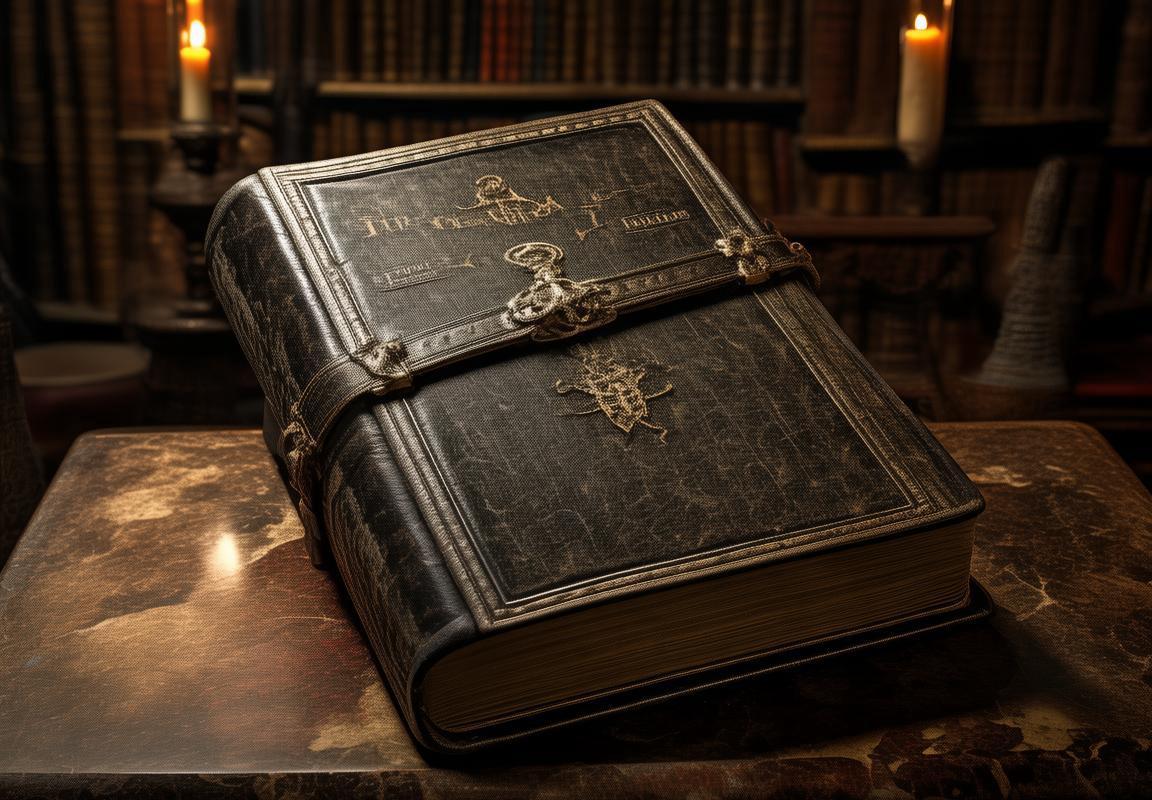
A Glimpse into the Genre
“The Book of Horror” has left an indelible mark on the literary world, and taking a glimpse into its genre reveals a tapestry woven with fear, suspense, and the macabre. The genre itself is a canvas where authors paint tales that push the boundaries of the human psyche, inviting readers to explore the dark corners of the imagination.
🔍 From its roots in the gothic novels of the 18th century, horror has evolved to encompass a wide array of sub-genres, each with its unique flavor. Whether it’s the creeping dread of supernatural occurrences, the relentless terror of psychological horror, or the gut-wrenching fear of zombies and monsters, the genre has always found new ways to terrify and captivate its audience.
🌟 The classic horror novels of Mary Shelley and Edgar Allan Poe set the stage for modern horror, with their haunting narratives and unforgettable characters. Shelley’s “Frankenstein” and Poe’s “The Tell-Tale Heart” introduced themes of obsession, madness, and the human condition that resonate even in today’s works.
🕵️♂️ As the genre matured, it began to delve deeper into the human psyche, often using horror as a vehicle to explore societal fears and anxieties. Books like H.P. Lovecraft’s “The Call of Cthulhu” and Robert Bloch’s “Psycho” delve into the darker aspects of the human mind, revealing the lurking fears that could drive anyone to the brink of sanity.
👻 The horror genre has always had a knack for blending reality with the supernatural. Whether it’s the ghostly apparitions of William Peter Blatty’s “The Exorcist” or the hauntingly beautiful landscapes of Stephen King’s “The Shining,” these stories transport readers to a world where the line between the mundane and the monstrous blurs.
🐍 The sub-genre of Gothic horror, with its roots in the ancient tales of monsters and witchcraft, continues to thrive. Books like Bram Stoker’s “Dracula” and Anne Rice’s “Interview with the Vampire” explore the dark side of human nature, using the supernatural as a lens through which to view our deepest fears and desires.
🔮 With the advent of modern horror, authors have started to push the boundaries even further. The sub-genre of splatterpunk, with its emphasis on graphic violence and shock tactics, became popularized by authors like Edward Lee and Joy Williams. These tales are not for the faint of heart, offering up a visceral experience that leaves readers queasy but intrigued.
🚪 Slasher horror, characterized by its focus on serial killers and the hunt for the protagonist, has its roots in novels like Robert Bloch’s “Psycho” and has been adapted to countless films. These stories often serve as social commentaries, using the horror element to explore themes of morality, societal decay, and the nature of evil.
👻 The supernatural horror sub-genre, which includes vampire, werewolf, and demon stories, has seen a resurgence with the success of series like “Twilight” and “The Vampire Diaries.” These tales often blend romance with the horror elements, creating a complex emotional landscape that challenges readers to feel for characters they might otherwise find terrifying.
🌟 The horror genre is not just about the fear it instills; it’s about the way it makes us think. It challenges our preconceptions, forces us to confront our deepest fears, and then pokes and prods at them until they become too uncomfortable to ignore. The best horror stories don’t just scare us; they make us question our own humanity.
🏃♂️ The genre has also adapted to new media, with successful horror video games like “Resident Evil” and “Silent Hill” offering immersive experiences that blur the lines between reality and fiction. These interactive stories often require players to navigate dark, twisted worlds, using their wits to survive.
🌌 As the years pass, the horror genre continues to evolve, with authors and creators finding new ways to terrify and inspire. Whether it’s the post-apocalyptic wastelands of “World War Z” or the psychological thrillers of “Get Out,” horror remains a genre that is both timeless and constantly evolving, always ready to push the boundaries of what we think is possible.
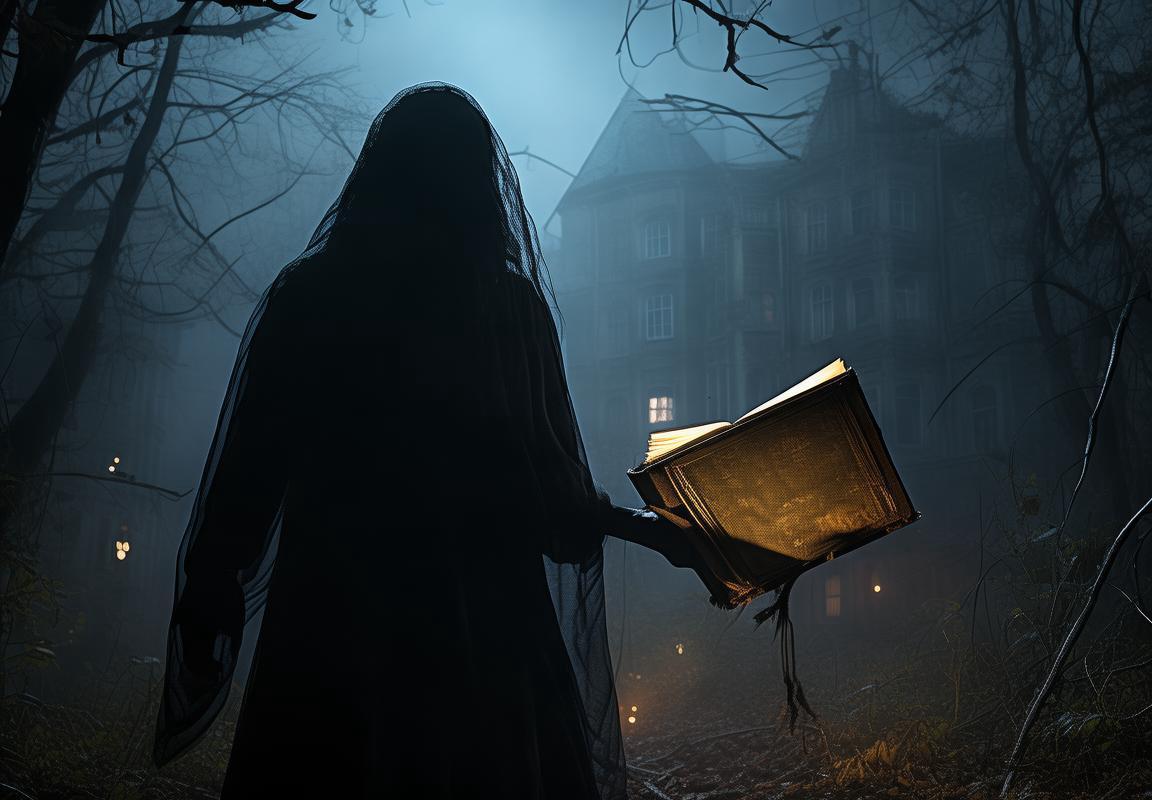
The Evolution of Horror Literature
The evolution of horror literature is a tapestry woven with threads of fear, suspense, and the macabre. From its ancient roots to the modern-day thrillers that keep us up at night, the genre has grown and transformed, reflecting the changing tides of human psychology and societal concerns.
🌟 Early Gothic and Supernatural NarrativesHorror literature’s origins can be traced back to the Gothic tales of the 18th century, where the supernatural and the eerie were used to explore the human condition. Writers like Horace Walpole with “The Castle of Otranto” and Mary Shelley with “Frankenstein” introduced readers to a world where the line between the natural and the supernatural was blurred. These stories often centered around themes of decay, the supernatural, and the grotesque, tapping into the fear of the unknown and the unexplainable.
🌟 The Victorian Era and the Rise of the GothicThe Victorian era saw a proliferation of Gothic horror, with authors like Edgar Allan Poe and Charles Dickens delving into the dark corners of human nature. Poe’s tales, such as “The Tell-Tale Heart” and “The Black Cat,” are renowned for their psychological depth and haunting imagery. Dickens, while not typically associated with horror, used the genre to explore social issues and the plight of the poor, as seen in “A Christmas Carol.”
🌟 The Golden Age of HorrorThe 20th century marked the golden age of horror literature, with authors like H.P. Lovecraft, Bram Stoker, and Arthur Conan Doyle crafting stories that would become classics. Lovecraft’s cosmic horror, with its sense of overwhelming and indifferent universe, was a departure from the more human-centered Gothic narratives. Stoker’s “Dracula” and Doyle’s “The Hound of the Baskervilles” introduced enduring characters that continue to captivate readers today.
🌟 The Influence of Film and the Modern Horror NovelThe rise of film in the early 20th century had a profound impact on horror literature. The adaptation of classic stories into movies often influenced the direction of the genre, with authors incorporating cinematic techniques into their writing. The modern horror novel, with authors like Stephen King and James Herbert, embraced the psychological and the supernatural, often blending them with elements of suspense and terror.
🌟 The Postmodern TwistPostmodern horror literature often plays with narrative conventions and reader expectations. Authors like Thomas Ligotti and Joe Hill challenge the reader’s understanding of what constitutes horror, blending elements of fantasy, science fiction, and surrealism. These stories often question the nature of reality and the human experience, pushing the boundaries of what is considered horror.
🌟 The Digital Age and New MediaThe digital age has brought about a new wave of horror literature, with authors utilizing the internet and new media to create immersive experiences. E-books, web serials, and interactive fiction have allowed for a more immediate connection between writer and reader. The rise of self-publishing has also opened the door for a diverse range of voices and styles to be heard in the horror genre.
🌟 Global Horror and Cultural ExchangeHorror literature has become a global phenomenon, with authors from various cultures contributing to the genre. The exchange of ideas and storytelling techniques has led to a rich tapestry of horror stories that reflect the diversity of human experience. From Japanese kaiju films to Scandinavian thrillers, the genre has expanded to incorporate a wide range of cultural influences.
🌟 The Future of HorrorAs the world continues to change, so too will horror literature. The genre will likely continue to evolve, reflecting the anxieties and fascinations of the modern age. Whether it’s the fear of technology, the environment, or the loss of personal identity, horror will always find new ways to tap into the human psyche and provide a mirror to our deepest fears and desires.
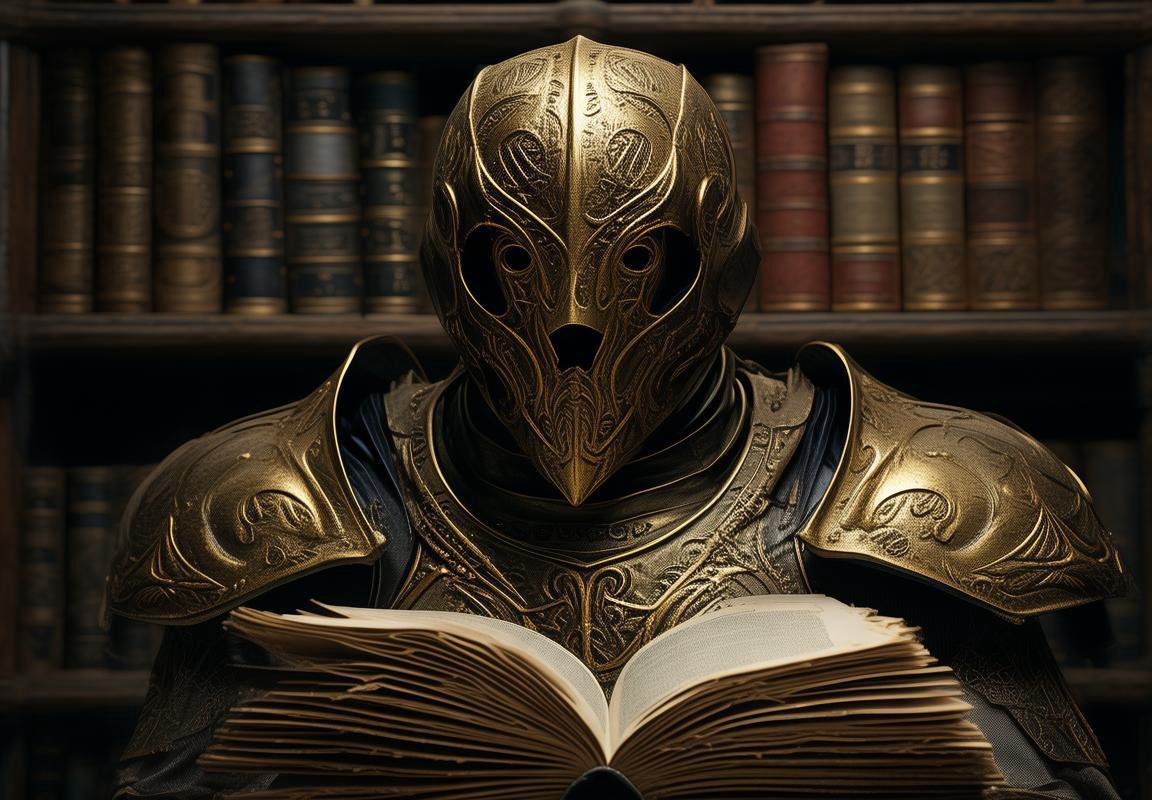
Notable Stories Within Its Pages
The Book of Horror, a collection that has stood the test of time, harbors tales that have etched their names into the annals of literature. These stories, each a unique gem within the vast library of fear and suspense, span a range of themes and styles. Here are some of the notable tales that have graced its pages:
🌟 “The Tell-Tale Heart” by Edgar Allan PoeA classic in the realm of psychological horror, Poe’s tale of a man driven to madness by the guilt of having murdered an old man and hiding his body beneath the floorboards of his home is a chilling exploration of guilt and the human mind’s capacity for self-destruction.
🌟 “The Monkey’s Paw” by W. W. JacobsJacobs’ short story is a haunting reminder of the old adage “be careful what you wish for.” The paw of a dead monkey, seemingly magical, grants its owner three wishes, each leading to a darker and more tragic outcome than the last.
🌟 “The Yellow Wallpaper” by Charlotte Perkins GilmanThis haunting narrative of a woman’s descent into madness while confined to a room with “bars upon the windows” serves as a powerful critique of the oppressive social norms of the late 19th century and the psychological toll they can take on the individual.
🌟 “The Horror at the Museum” by H. P. LovecraftLovecraft’s tale of a museum curator who discovers an ancient manuscript detailing a forbidden ritual to summon a malevolent entity is a masterful blend of cosmic horror and the supernatural, setting the stage for the author’s later works in the genre.
🌟 “The Black Cat” by Edgar Allan PoeAnother Poe classic, this story of a man’s descent into alcoholism and the tragic consequences of his actions is a harrowing look at the power of obsession and the corruption of the human soul.
🌟 “The Lottery” by Shirley JacksonJackson’s disturbing short story presents a small community where an annual lottery is used to select a villager to be stoned to death. The story’s eerie atmosphere and the gradual revelation of the lottery’s purpose are a chilling examination of the dark side of human nature.
🌟 “The Monkey’s Paw” by W. W. JacobsReturning to Jacobs, this tale of a soldier who returns home with a magical paw that grants wishes is a story of misfortune and the irony of getting what one asks for, often at a terrible cost.
🌟 “The Masque of the Red Death” by Edgar Allan PoePoe’s story of a prince’s attempt to escape a deadly plague by isolating himself in a luxurious, isolated castle is a cautionary tale about the folly of ignoring the warnings of nature and the inevitability of death.
🌟 “The Monkey’s Paw” by W. W. JacobsJacobs’ story of a soldier who returns home with a magical paw that grants wishes is a narrative that delves into the themes of greed and the consequences of ignoring one’s better judgment.
🌟 “The Tell-Tale Heart” by Edgar Allan PoePoe’s tale of a man driven to madness by the guilt of having murdered an old man and hiding his body beneath the floorboards of his home is a profound exploration of the human psyche, the nature of guilt, and the thin line between sanity and madness.
🌟 “The Monkey’s Paw” by W. W. JacobsJacobs’ short story, with its supernatural elements and the tragic outcomes of wishes granted, is a testament to the idea that sometimes, the desires of the human heart can lead to unforeseen and devastating consequences.
🌟 “The Yellow Wallpaper” by Charlotte Perkins GilmanGilman’s exploration of mental illness and the oppressive nature of societal expectations is a powerful story that continues to resonate with readers, offering a poignant look at the treatment of mental health in the past and the ongoing struggle for understanding and compassion.
🌟 “The Horror at the Museum” by H. P. LovecraftLovecraft’s story of a museum curator’s discovery of a forbidden ritual is a chilling reminder of the vastness of the unknown and the potential dangers that lie beyond the veil of our understanding.
🌟 “The Black Cat” by Edgar Allan PoePoe’s narrative of a man’s descent into alcoholism and the tragic results of his actions is a stark illustration of the destructive power of obsession and the moral decay that can ensue.
🌟 “The Lottery” by Shirley JacksonJackson’s chilling portrayal of a small community’s annual lottery serves as a chilling allegory for the dark side of human nature and the dangers of blind acceptance of tradition and authority.
🌟 “The Monkey’s Paw” by W. W. JacobsJacobs’ tale of a soldier’s encounter with a magical paw and the wishes it grants is a haunting narrative that underscores the unpredictable nature of fate and the perils of seeking shortcuts to one’s desires.
🌟 “The Masque of the Red Death” by Edgar Allan PoePoe’s story of a prince’s attempt to escape a plague within his isolated castle is a vivid portrayal of the human fear of death and the vain attempts to evade it, ultimately serving as a cautionary tale about the futility of such endeavors.
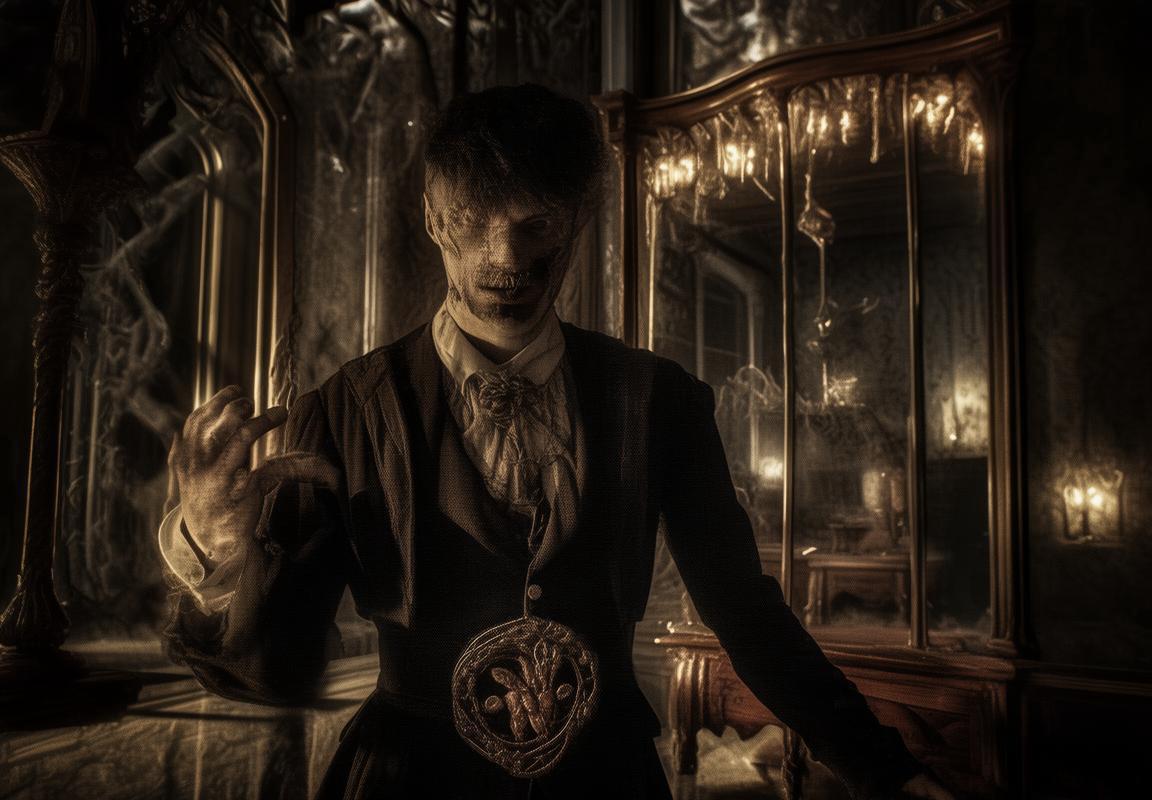
The Impact on Modern Literature
The Book of Horror has etched its mark on the literary landscape, influencing countless works that have followed in its ominous footsteps. Its impact on modern literature is profound, weaving fear and intrigue into the fabric of contemporary storytelling.
🌟 Dark Reflections of Reality 🌟Modern literature often reflects the stark realities of human existence through the lens of horror. The Book of Horror’s tales of despair, madness, and the supernatural have inspired authors to delve into the darker aspects of the human condition. From the psychological turmoil in “The Yellow Wallpaper” by Charlotte Perkins Gilman to the existential dread of “The Shining” by Stephen King, the influence of horror literature is evident in its exploration of the human psyche.
🎭 Shaping Film and Television 🎭The stories within The Book of Horror have transcended the pages of books, influencing the very medium of film and television. The genre has evolved, with modern adaptations often blending the visual and auditory elements to create a more immersive experience. The iconic images and chilling sounds from classic horror films like “Psycho,” “The Exorcist,” and “A Nightmare on Elm Street” continue to resonate in modern cinema, reflecting the enduring appeal of horror as a storytelling device.
📚 Breaking Boundaries in Fiction 📚Horror literature has pushed the boundaries of fiction, allowing authors to experiment with narrative techniques and themes that might be considered too extreme or taboo in other genres. Modern writers have embraced these risks, using horror to explore social issues, historical events, and the human experience in unique and thought-provoking ways. Works like “American Psycho” by Bret Easton Ellis and “The Road” by Cormac McCarthy demonstrate how horror can serve as a catalyst for deeper discussions about society and humanity.
🌌 The Endless Possibilities of Imagery 🌌The imagery in The Book of Horror is a rich tapestry of the grotesque and the eerie, a canvas upon which modern authors continue to paint. The use of vivid, disturbing imagery has become a staple in modern literature, from the haunting landscapes of “The Girl with All the Gifts” by M.R. Carey to the nightmarish creatures in “The Girl Next Door” by Jack Ketchum. This visual language has not only influenced the content of stories but also the way readers perceive and interact with the narratives.
👻 The Echoes of Classic Creations 👻The iconic characters and scenarios from The Book of Horror have left an indelible mark on modern storytelling. The vampire, the werewolf, the ghost, and the monster have all found new life in modern literature, often reimagined with a twist or a modern twist. The enduring popularity of these archetypes speaks to the timeless nature of horror, as seen in contemporary works like “Dracula” by Bram Stoker’s many modern descendants.
🔮 The Power of the Unknown 🔮The Book of Horror has a unique power to evoke fear and fascination through the unknown. Modern literature has picked up this torch, using the fear of the unknown to explore the depths of human emotion. Whether it’s the unexplained in “The Lurking Fear” by H.P. Lovecraft or the psychological mysteries in “The Haunting of Hill House” by Shirley Jackson, the influence of horror literature is evident in its ability to provoke a sense of unease and curiosity.
📝 The Legacy of a Genre 📝The stories within The Book of Horror have not only influenced individual works but have also shaped the literary landscape as a whole. The genre has become more diverse and inclusive, with authors from various backgrounds bringing their unique perspectives to the table. This evolution has led to a richer tapestry of horror stories that continue to captivate readers and challenge their perceptions of the world.
🌿 The Green Man’s Whisper 🌿The natural world, often personified as a malevolent force in The Book of Horror, remains a potent theme in modern literature. From the environmental horror of “The Stand” by Stephen King to the ecological dread in “The World at Night” by Peter Watts, the connection between humanity and the natural world is a recurring theme that reflects the contemporary concerns of climate change and ecological imbalance.
🎭 The Evolution of the Monster 🎭The monster, a staple of horror literature, has evolved from the simple creature of fear to a complex symbol of human flaws and societal ills. Modern authors have taken this concept further, using monsters to reflect on issues such as greed, power, and the human condition. The monster has become a mirror to society’s own fears and desires, as seen in the allegorical creatures of “The Silence of the Lambs” by Thomas Harris.
📚 The Last Page Unwritten 📚The influence of The Book of Horror on modern literature is a testament to the enduring power of horror as a genre. Its ability to provoke thought, evoke emotion, and challenge the reader’s comfort zone has made it a cornerstone of storytelling. As the pages of The Book of Horror continue to be turned, its legacy will undoubtedly inspire future generations of writers to explore the dark corners of the human experience.
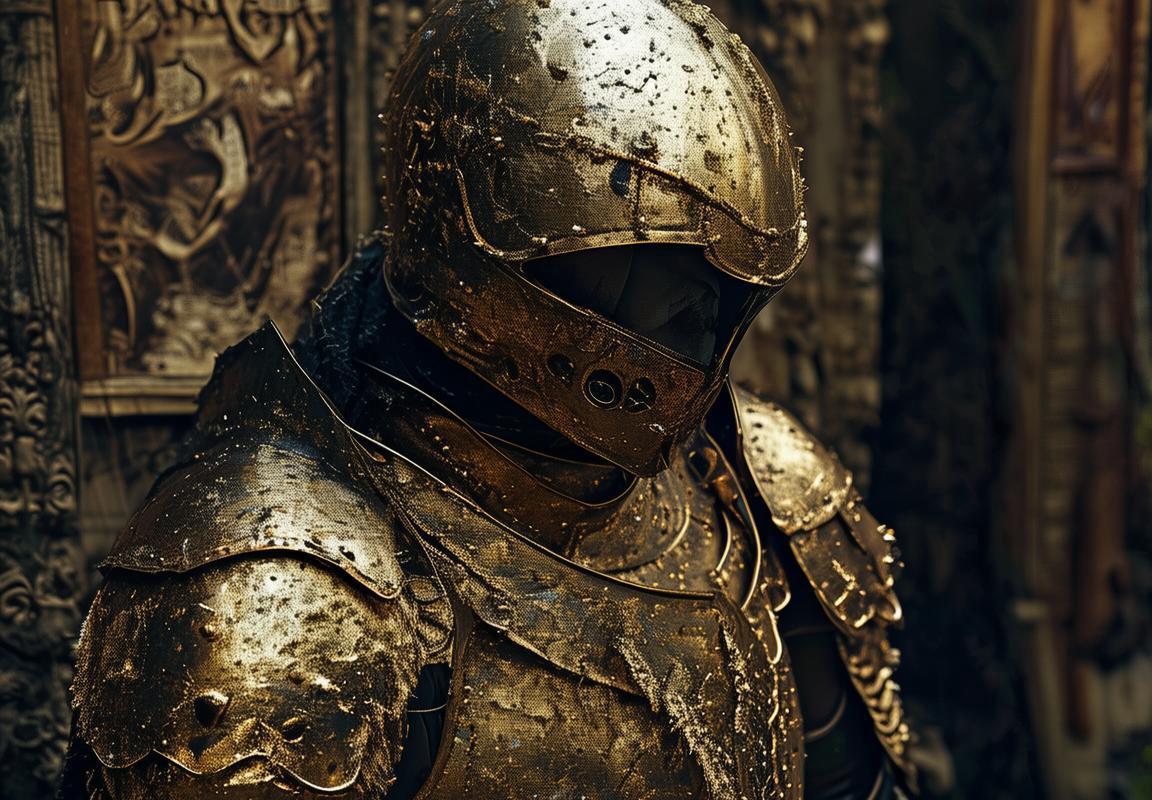
The Psychological Depth of Horror
Horror literature has always had a profound impact on the human psyche, delving into the darkest corners of our minds to explore fear, terror, and the supernatural. The psychological depth of horror is a complex and fascinating subject that continues to captivate readers and writers alike. 🌟
The genre often taps into our primal fears, those that are deeply rooted in our DNA and have been shaped by evolution. These fears can range from the fear of the unknown to the fear of our own mortality. Stories that explore these themes tap into a well of fear that is as old as humanity itself. 😰
In “The Book of Horror,” we find a collection of tales that not only entertain but also challenge our perceptions of what it means to be human. These stories often play with the idea of duality, presenting characters who are both heroes and villains, victims and predators. This duality reflects the complexity of human nature and our often conflicting desires and instincts. 🧙♂️
🔮 The supernatural elements in horror literature are not just fantastical creatures or eerie events; they are symbolic representations of our deepest anxieties and fears. Ghosts and ghouls become personifications of the unspoken fears we carry within us. They haunt us, not just in the pages of the book, but in our waking lives, reminding us of the fragility of our existence. 🧠
One of the most compelling aspects of the psychological depth in horror is the way it forces readers to confront their own vulnerabilities. Characters often find themselves in situations where their worst fears are realized, pushing them to their limits and revealing their true nature. This introspection can be both uncomfortable and enlightening, as it allows readers to examine their own reactions to fear and danger. 🎭
In “The Book of Horror,” stories like “The Tell-Tale Heart” by Edgar Allan Poe delve into the psychological turmoil of a man driven to madness by his own guilt and paranoia. The character’s internal struggle becomes as terrifying as any external threat, highlighting the horror that lies within. This exploration of madness and moral decay is a testament to the genre’s ability to delve deep into the human psyche.
🌲 Forests, abandoned houses, and eerie manors serve as backdrops for many horror stories, not just to create a sense of isolation and dread, but also to reflect the human condition. The settings become metaphors for the chaos within, echoing the inner turmoil of the characters. A haunted house, for instance, can symbolize the decay of the human soul, with each room a different layer of the character’s psyche. 🏠
The use of foreshadowing and ambiguity in horror literature is another tool that enhances its psychological impact. Unclear endings and unresolved questions can leave a lasting impression on readers, forcing them to ponder the story’s meaning long after the final page has been turned. This sense of uncertainty mirrors the unpredictability of life and the fear of the unknown that we all grapple with. 🔍
In the world of “The Book of Horror,” the characters often face existential dilemmas that force them to question their own values and beliefs. The fear of the unknown can lead to a loss of faith, as seen in “The Monkey’s Paw” by W.W. Jacobs, where the protagonist is faced with a choice that challenges his sense of morality and humanity. This kind of exploration of the human condition is what makes horror literature so powerful and relatable.
The psychological depth of horror extends beyond the written word. It has influenced various other forms of art and media, including film and theater. The way horror stories are adapted often retains their core psychological themes, using visual and auditory elements to amplify the fear and anxiety. The iconic imagery of a masked killer or a haunting melody can evoke a sense of dread that resonates with audiences on a deeply psychological level.
In conclusion, the psychological depth of horror literature is a rich and multifaceted exploration of the human mind. It delves into the shadows of our psyche, revealing the complexity of our emotions and fears. Through its characters and narratives, “The Book of Horror” and other works in the genre continue to provide a mirror to our inner selves, challenging us to confront our deepest anxieties and reflect on our humanity. 🌌
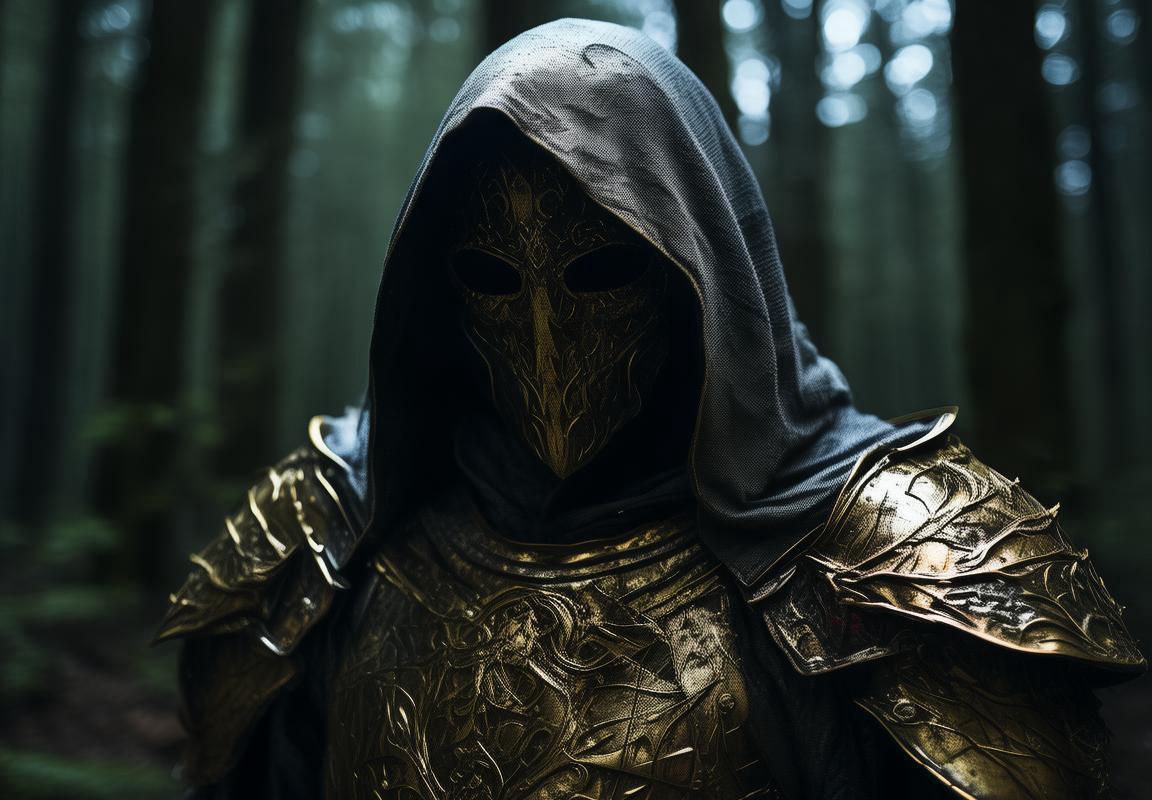
The Allure of the Macabre
The allure of the macabre has always been a peculiar fascination for humanity. It’s a pull that beckons us to the dark corners of our imaginations, where the eerie and the unsettling coexist. This section delves into the reasons behind the enduring appeal of the macabre in various forms of art and culture.
🌟 The Thrill of the Unknown
The macabre often revolves around the unknown, that which is forbidden or unexplained. This element of mystery and intrigue can be thrilling, as it taps into our natural curiosity. The allure lies in the fear of the unknown, which is a primal instinct that drives us to explore and understand the boundaries of our existence. Whether it’s the supernatural, the bizarre, or the grotesque, the macabre offers a glimpse into the uncharted territories of human experience.
🏮 The Power of Storytelling
Storytelling has been a fundamental part of human culture since the dawn of time. The macabre has found a unique place within this tradition, as it allows storytellers to delve into the darker aspects of the human condition. From ancient myths to modern novels, the macabre has been a tool for reflecting on themes such as mortality, morality, and the human psyche. The power of storytelling through the macabre lies in its ability to provoke emotions, challenge beliefs, and provoke thought.
👻 The Embrace of Fear
Fear is an inherent part of the human experience, and the macabre embraces this fear as a central element. It’s not just about the fear of death or the supernatural; it’s also about the fear of the unknown, the fear of our own vulnerabilities, and the fear of the worst-case scenarios. The macabre allows us to confront these fears in a controlled environment, where we can explore them without the immediate danger. This controlled fear can be both exhilarating and enlightening, as it pushes us to confront our own fears and understand them better.
🎭 The Role of Performance and Art
The macabre has also found its way into performance arts, such as theater, film, and music. These mediums allow artists to bring the macabre to life in a tangible way, engaging the senses and emotions of the audience. The allure of the macabre in performance is the ability to create an immersive experience that can evoke a range of emotions, from horror to awe. The macabre in art and performance can be a form of catharsis, allowing viewers and participants to confront their fears and come to terms with the darker aspects of life.
📚 The Macabre in Literature
Literature has been a fertile ground for the macabre, with authors using it to explore complex themes and human emotions. The macabre in literature can be a reflection of societal fears and anxieties, or it can be a commentary on the human condition. From Gothic novels to horror stories, the macabre has been a way for writers to push the boundaries of storytelling and provoke a response from their readers. The allure of the macabre in literature lies in its ability to transport the reader to a world where the familiar is twisted and the unimaginable becomes possible.
🌌 The Universal Nature of the Macabre
The macabre is not confined to any one culture or era; it is a universal theme that resonates across time and place. Whether it’s the voodoo rituals of Haiti, the ghost stories of Japan, or the vampire legends of Europe, the macabre has found its way into the folklore and mythology of countless societies. This universality is part of its allure, as it speaks to a shared human experience that transcends cultural and temporal boundaries.
🌟 The Resilience of the Macabre
The macabre has proven to be a resilient force in the world of art and entertainment. Despite the rise of more mainstream genres, the macabre continues to captivate audiences. This resilience can be attributed to its ability to evolve and adapt to new contexts and audiences. Whether it’s the horror of the zombie apocalypse or the psychological terror of a deranged killer, the macabre remains a relevant and compelling subject matter.
👻 The Macabre and the Human Condition
Ultimately, the allure of the macabre lies in its reflection of the human condition. It is a mirror that shows us our fears, our desires, and our vulnerabilities. The macabre allows us to confront these aspects of ourselves in a safe and controlled environment, where we can explore and understand them. In this way, the macabre is not just about fear and horror; it is also about the search for meaning, the quest for understanding, and the celebration of the complexity of human existence.
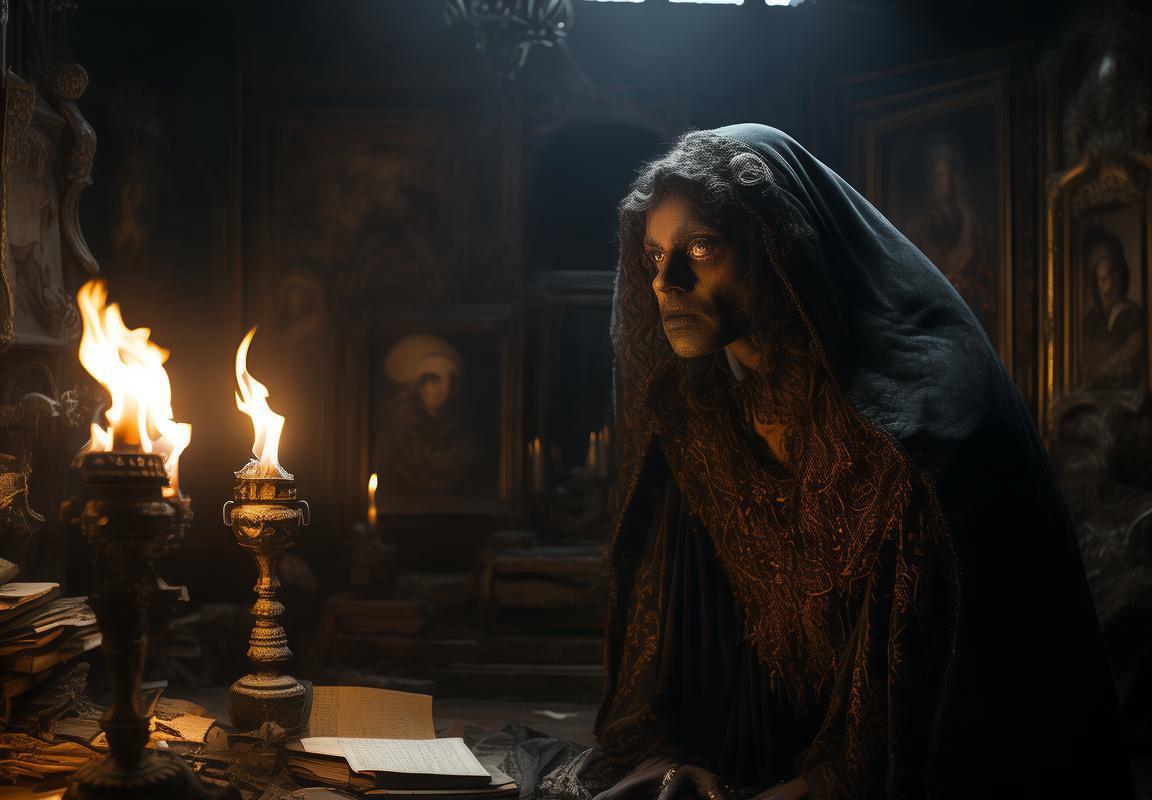
The Book of Horror in Film and Media
The Book of Horror has transcended its literary roots, casting a long shadow over the world of film and media. Its influence is evident in the myriad of adaptations, each bringing its own unique interpretation of the genre’s dark tales. Here, we delve into the ways in which the spirit of horror from the pages of the book has been captured and transformed on screen.
🎥 The Visual Translation of FearHorror films often struggle to translate the nuances of fear and dread from the written word to the visual medium. Yet, many adaptations of stories from The Book of Horror have managed to maintain the core essence of the original narratives. The visual elements, from the eerie settings to the haunting score, play a crucial role in conveying the atmosphere of dread. The film adaptation of “The Tell-Tale Heart” by Edgar Allan Poe is a prime example, where the stark black and white cinematography mirrors the protagonist’s psychological turmoil.
🎬 The Power of PerformanceThe actors who bring the characters from The Book of Horror to life are instrumental in maintaining the story’s impact. Whether it’s the haunting performance of Jack Nicholson in “The Shining” or the chilling portrayal of Norman Bates in “Psycho,” the ability to embody the fear and madness of these characters is what makes these adaptations memorable. The psychological depth of these roles allows viewers to connect with the characters on a personal level, even if the setting has shifted from the page to the screen.
🌿 The Settings Speak VolumesThe settings in The Book of Horror are often as much a character as the people within them. When translated to film, these settings can evoke a sense of unease and isolation that is impossible to replicate through mere words. The decrepit mansion in “The Haunting” or the eerie hospital in “The Shining” are examples of how a physical space can amplify the horror of a story. The adaptation of “The Cask of Amontillado” into “The Pit and the Pendulum” uses the claustrophobic dungeon to heighten the tension and horror of the narrative.
🎶 The Sound of HorrorThe use of sound in horror films is a crucial element in creating an atmosphere of fear. The sound design in adaptations of The Book of Horror often plays a pivotal role in scaring audiences. The dripping water in “Psycho,” the haunting whispers in “The Shining,” and the silence in “The Silence of the Lambs” all contribute to the psychological impact of these films. Music, too, plays a significant part, with composers like John Carpenter and Thomas Newman crafting scores that heighten the sense of dread.
📺 The Television Spin-offsThe influence of The Book of Horror extends beyond the big screen to television. Series like “The X-Files,” “The Walking Dead,” and “American Horror Story” draw heavily from the genre’s roots. These shows often blend elements of horror with other genres, creating a unique viewing experience that resonates with the themes and tropes found in the book. The adaptation of “Dracula” into the television series “Count Dracula” is a testament to how the source material can inspire new stories while retaining the original’s core elements.
🌐 The Global Reach of HorrorThe stories within The Book of Horror have traveled far and wide, reaching audiences across the globe. International adaptations, such as the Japanese “Ringu” and the Spanish “REC” series, have shown that the genre transcends cultural boundaries. These films and shows have not only adopted the original stories but have also created their own unique iterations, proving that horror is a universal language that can be understood and appreciated by anyone.
👻 The Legacy of Iconic CharactersThe characters from The Book of Horror have become iconic figures in popular culture. The vampire Count Dracula, the madman Jack Torrance from “The Shining,” and the serial killer Buffalo Bill from “The Silence of the Lambs” are just a few examples of how the stories have left a lasting impression. These characters have become part of the collective consciousness, influencing countless other works of fiction and film.
🌟 The Influence on Contemporary FilmmakersContemporary filmmakers often look to The Book of Horror for inspiration. The themes of madness, obsession, and the supernatural are woven into the fabric of modern cinema. Directors like Christopher Nolan and David Fincher have cited The Book of Horror as a significant influence on their work, and their films often reflect the dark and complex nature of human psychology. The adaptation of “Inception” and “The Social Network” can be seen as modern reflections of the horror genre’s exploration of the human mind.
🎭 The Role of Special EffectsSpecial effects have always been a cornerstone of horror films, and The Book of Horror has contributed to the evolution of this art form. The practical effects in “The Exorcist” and “The Texas Chain Saw Massacre” were groundbreaking at the time, and they have since influenced countless other films. The use of CGI in modern adaptations, such as “It” and “The Conjuring,” continues to push the boundaries of what is possible in horror cinema.
🌌 The Endless Possibilities of AdaptationThe Book of Horror has shown that there are endless possibilities when it comes to adapting its stories. From the classic adaptations of the 1970s and 1980s to the modern reinterpretations of today, the genre continues to evolve. The adaptation of “The Haunting of Hill House” into a Netflix series is just one example of how a single story can be told in multiple ways, each with its own unique flavor.
🎬 The Lasting ImpactThe influence of The Book of Horror on film and media is undeniable. Its dark tales have inspired generations of filmmakers, actors, and writers, and its impact is felt in every horror film that is released. The stories within its pages have become a part of our collective cultural heritage, a testament to the enduring power of horror to captivate and terrify.
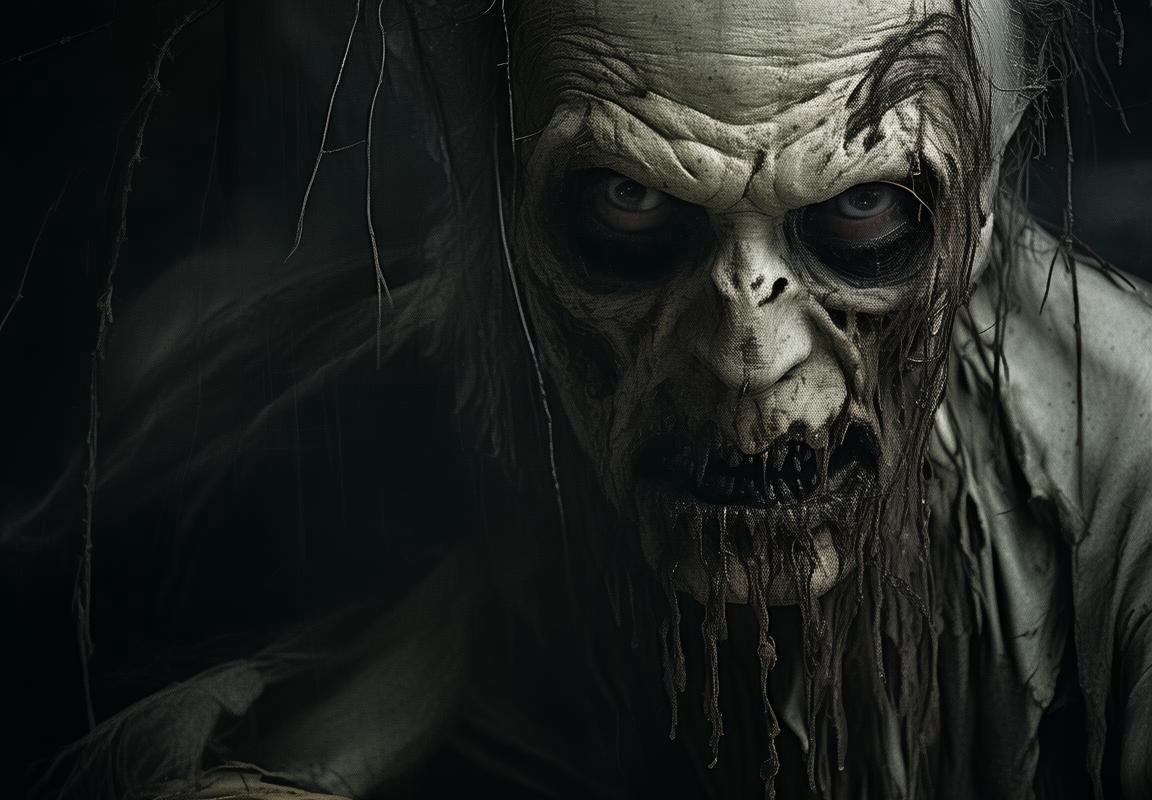
The Reader’s Experience
The reader’s experience with “The Book of Horror” is a complex tapestry of emotions and perceptions that intertwine to create a unique journey through the macabre. As the pages turn, the reader is drawn into a world where fear, suspense, and the supernatural collide, offering a rollercoaster of feelings that can be both exhilarating and terrifying.
The initial encounter with the book often begins with a sense of curiosity. The cover, adorned with eerie imagery and ominous titles, beckons the reader to delve into the unknown. The opening lines might be a whisper of dread or a chilling premise that sets the tone for what lies ahead. The reader’s anticipation builds as they commit to the story, eager to see what horrors await.
As the narrative unfolds, the reader is transported to a realm where the familiar becomes alien. Descriptions of eerie landscapes, haunting sounds, and grotesque creatures evoke a sense of unease. The characters, often flawed and vulnerable, become proxies for the reader’s own fears and insecurities. The tension mounts with each turn of the page, as the reader becomes invested in the fate of these figures navigating a world where danger lurks around every corner.
The psychological impact of horror literature is profound. The reader’s mind becomes a playground for fear, as they anticipate the next shock or scare. The book may explore themes of isolation, madness, and the human condition, prompting introspection and reflection. The reader may find themselves questioning their own reactions to the horror, pondering the nature of fear and its role in human psychology.
In the midst of the terror, there is often a moment of clarity or revelation. The reader may realize that the true horror is not the monsters or the violence, but the darkness within themselves. This epiphany can be a powerful one, leading to a deeper understanding of human nature and the fragility of the human psyche.
The reader’s emotional journey is not without its peaks and valleys. There are moments of sheer terror, where the heart races and the breath is held. These intense experiences are often followed by periods of relief or even humor, as the narrative takes unexpected twists and turns. The interplay of these emotions creates a rich tapestry of reactions that are as varied as the readers themselves.
The physical experience of reading “The Book of Horror” can also be profound. The sound of turning pages, the feel of the book in one’s hands, and the scent of the paper can all contribute to the immersive experience. The reader may find themselves huddled under a blanket, flashlight in hand, as the night grows darker and the story becomes more unsettling.
As the story progresses, the reader may begin to anticipate certain outcomes, only to be surprised by the author’s ingenuity. The book may play with time, narrative structure, and the reader’s expectations, keeping them guessing until the very end. This unpredictability adds to the thrill of the experience, as the reader is constantly on the edge of their seat.
The aftermath of reading “The Book of Horror” can be equally powerful. The reader may find themselves discussing the story with friends, analyzing the symbolism and themes, or even researching the real-life inspirations behind the fictional world. The book may even lead to a deeper appreciation of literature or a renewed interest in horror as a genre.
In some cases, the impact of “The Book of Horror” can be long-lasting. The fear and fascination it instilled may lead to a lifelong love of the genre, prompting the reader to seek out more tales of terror and the supernatural. The book may also inspire creative endeavors, whether it be writing, art, or film, as the reader channels their own experiences and interpretations into new works.
Ultimately, the reader’s experience with “The Book of Horror” is a personal one, shaped by their unique perspective and emotional response. It is a journey that can be both terrifying and enlightening, leaving an indelible mark on the reader’s psyche and their appreciation for the power of storytelling.
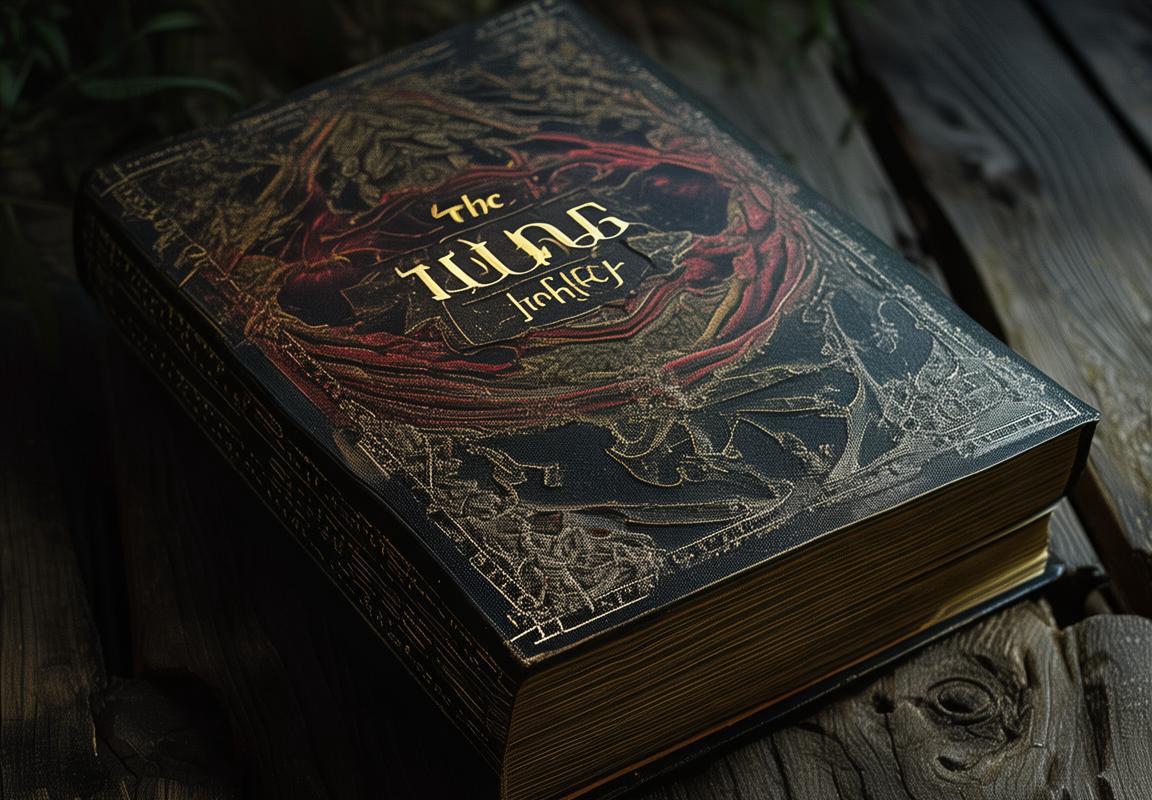
The Future of Horror in “The Book of Horror
Horror has always held a unique place in the hearts and minds of readers. It’s a genre that dares to delve into the darkest corners of our imaginations, tapping into our deepest fears and desires. The Book of Horror, a seminal collection of tales, has had a profound impact on modern literature. 🌟
As the pages turn, one can’t help but notice the subtle nuances that define horror storytelling. From the gothic novels of the 18th century to the slasher films of today, the evolution of horror literature has been marked by a constant push to explore the unknown and the unimaginable. 📚
The early days of horror literature were characterized by an air of the supernatural. Authors like Mary Shelley and Edgar Allan Poe introduced readers to a world where ghosts and ghouls lurked in the shadows. 🕸️ Their stories, filled with haunting imagery and a sense of dread, set the stage for what would become a rich and diverse genre. The works of these pioneers are still revered today for their ability to unsettle and inspire.
As time progressed, horror literature expanded its scope, incorporating elements of psychology and sociology into its narratives. The Victorian era saw the rise of the “Yellow Peril” in novels like H.G. Wells’ “The War of the Worlds.” The 20th century brought us to the brink of dystopian futures in novels like George Orwell’s “1984.” These works showcased how horror could serve as a mirror to society’s fears and anxieties. 🔫
The Book of Horror, with its compilation of tales, reflects this evolution beautifully. It includes stories that delve into the psychological intricacies of characters, examining their motivations and the depths of their despair. From the claustrophobic dread of H.P. Lovecraft’s “The Call of Cthulhu” to the social commentary of Ray Bradbury’s “The Veldt,” each story serves as a testament to the genre’s growth and complexity. 🎨
In modern literature, horror continues to thrive. Contemporary authors are experimenting with new forms and blending genres in innovative ways. The influence of The Book of Horror is evident in the works of writers like Neil Gaiman, Stephen King, and Junji Ito, who have brought a fresh perspective to the genre. Their narratives often reflect the complexities of the modern world, from climate change and political tensions to the loneliness of the digital age. 🌍
The psychological depth of horror stories is one of its most captivating aspects. These tales don’t just scare us; they challenge us. They make us confront our own fears, our insecurities, and our darkest thoughts. The characters in these stories often grapple with existential questions, pushing the boundaries of what it means to be human. This psychological depth is what sets horror apart from other genres. 🧠
Horror literature has always been about the human condition, and this is where its impact on modern literature becomes most profound. It has the power to reflect our society’s collective anxieties and to provide an outlet for our primal fears. In doing so, it helps us to understand ourselves better. Whether we’re reading about a zombie apocalypse or a haunted house, these stories speak to our innermost fears and remind us of our mortality. 🧟
The allure of the macabre is a curious thing. It’s a draw that compels readers to seek out tales of terror and the supernatural. Some may argue that it’s a form of escapism, a way to indulge in the forbidden without actually experiencing its dangers. However, the allure of horror goes beyond mere escapism. It’s about the thrill of the unknown, the challenge of our senses, and the raw emotions that come with the territory. 😱
In film and media, the influence of The Book of Horror is even more pronounced. The genre has permeated every form of storytelling, from cinema to television to video games. The iconic imagery of horror films—creatures, haunted houses, and serial killers—has become part of our collective consciousness. These images evoke a sense of fear and fascination, reminding us of the delicate balance between life and death. 🎬
The Book of Horror has played a significant role in shaping this landscape. Its stories have inspired countless filmmakers and screenwriters to create their own terrifying worlds. From the silent horror films of the early 20th century to the horror franchises of today, the influence of these tales is undeniable. The genre’s evolution in film and media has mirrored the changes in literature, from the classic monsters of yesteryear to the complex antiheroes of modern cinema. 🌟
The reader’s experience with horror literature is often a mix of emotions. There’s the initial discomfort of encountering the unknown, the heart-pounding fear, and the sense of exhilaration that comes with surviving the terror. These experiences can be transformative, teaching us to appreciate the beauty of life and the fragility of human existence. The Book of Horror, with its diverse array of stories, has the power to provoke, challenge, and move its readers. 📖
Looking to the future, it’s clear that horror will continue to be a significant force in literature and media. As society evolves, so will the fears and anxieties that horror literature seeks to explore. The genre will undoubtedly adapt to new technologies and cultural shifts, bringing fresh perspectives and innovative storytelling to its readers. The Book of Horror, with its enduring legacy, will remain a beacon for those who seek the dark, the mysterious, and the terrifying. 🚀
The influence of The Book of Horror on modern literature is a testament to the power of storytelling. It’s a genre that has the ability to tap into the deepest recesses of our being and to reflect the human condition in all its complexity. Whether we’re reading a tale from the collection or watching it come to life on screen, the experience of horror will always be a profound one. It’s a journey into the unknown, a challenge to our senses, and a reminder of the darkness that exists within us all. 🌜
Images
















